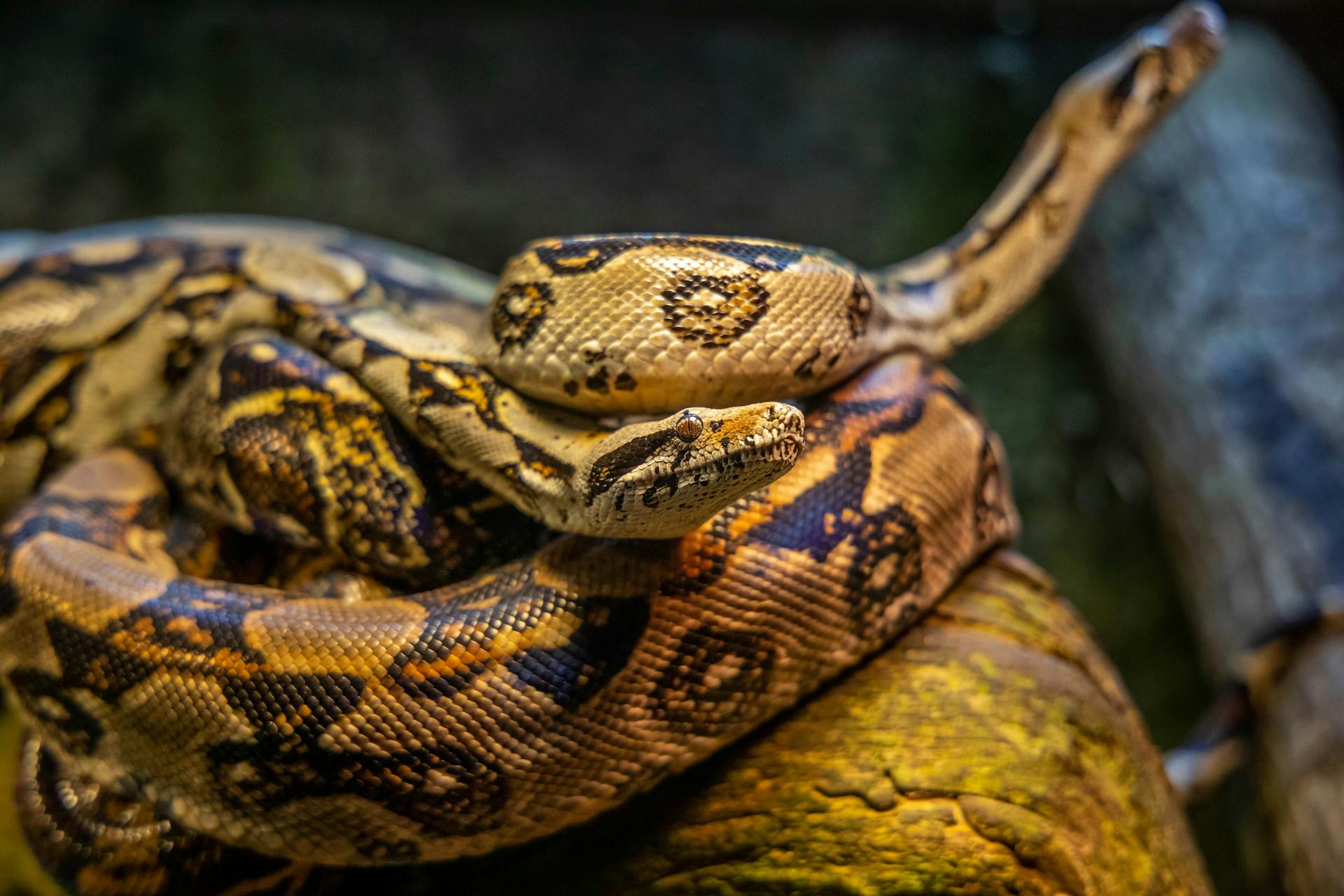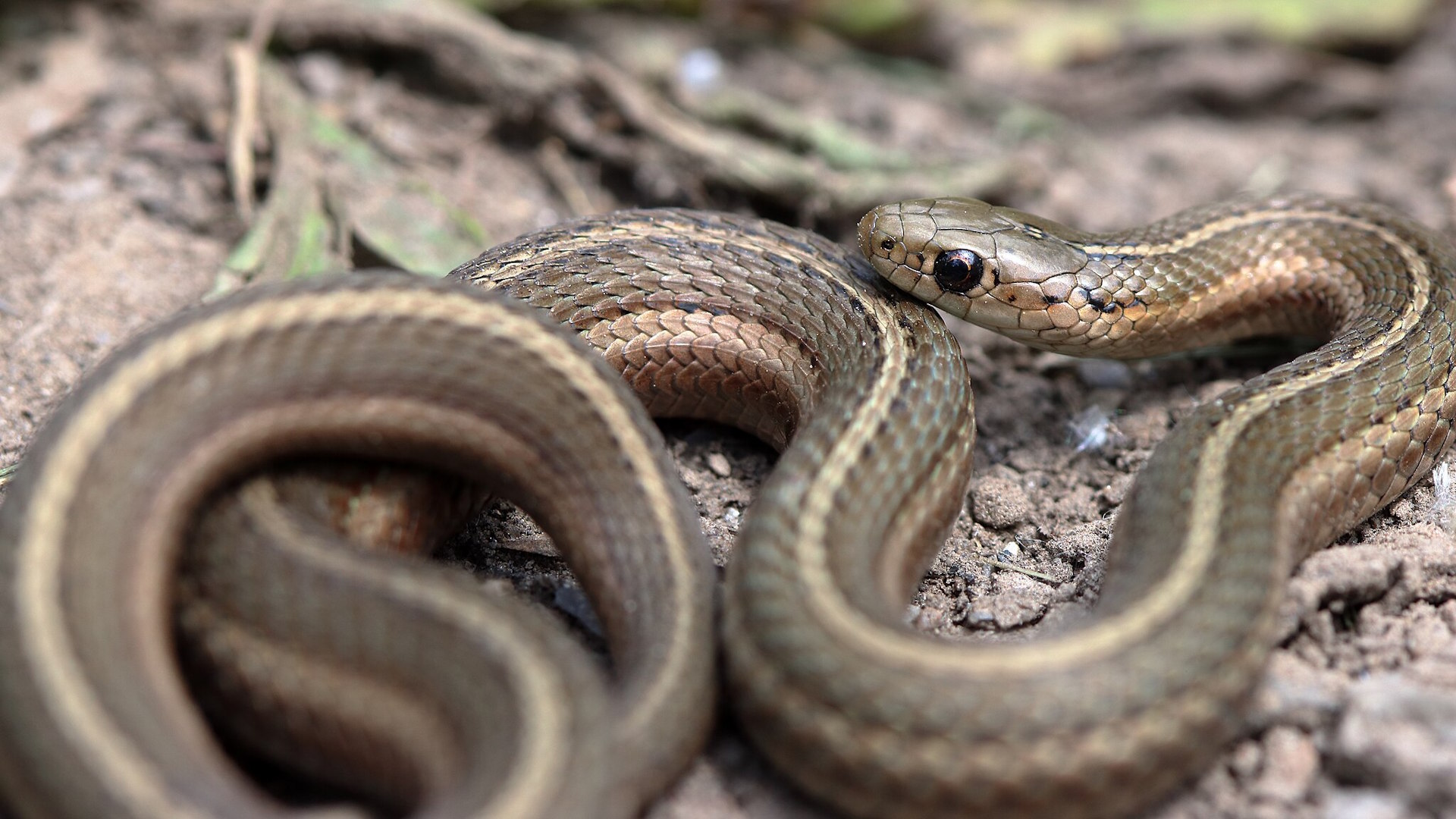In the vast world of reptiles, few creatures capture human imagination quite like massive snakes. These serpentine giants have inspired fear, awe, and countless myths throughout human history. While venomous snakes often dominate headlines with their deadly capabilities, the true titans of the snake world are actually non-venomous constrictors.
These remarkable animals have evolved to reach extraordinary dimensions without the need for venom, relying instead on sheer size and muscular power to subdue their prey. This article explores the fascinating story of the largest non-venomous snake ever recorded, delving into the science, history, and wonder surrounding these magnificent creatures.
The Reticulated Python: King of the Constrictors
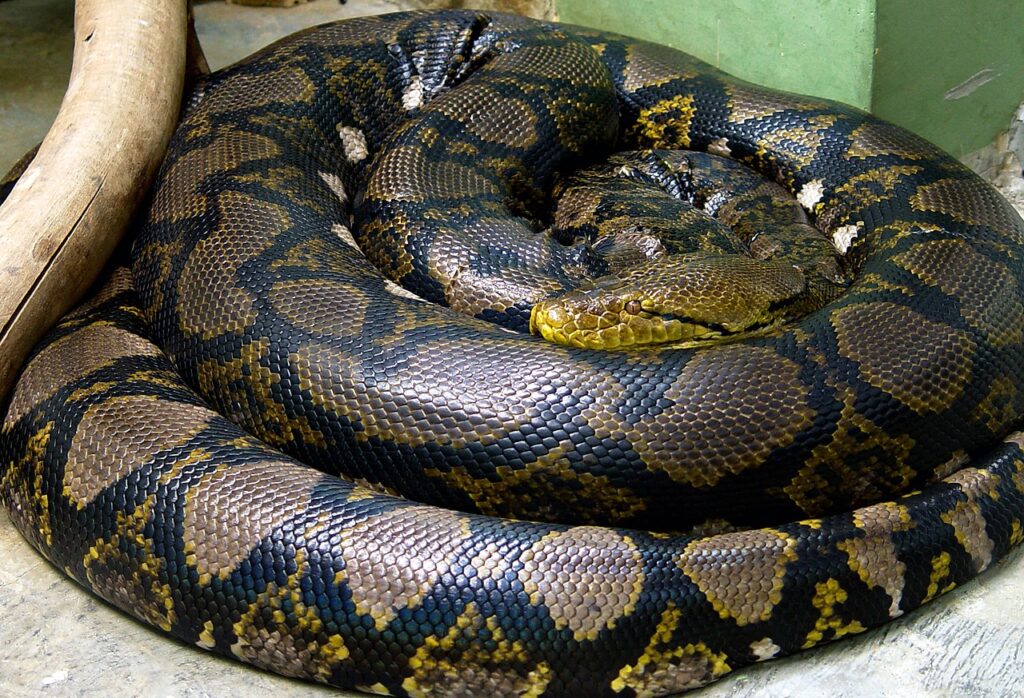
The title of largest non-venomous snake in recorded history belongs to the reticulated python (Python reticulatus), native to Southeast Asia. This massive constrictor has consistently produced the longest specimens ever measured in modern times. Reticulated pythons are renowned for their distinctive netlike pattern of diamond-shaped markings, which gives them their name “reticulated,” meaning netlike or having a network pattern.
They inhabit tropical rainforests, woodland areas, and occasionally semi-aquatic environments across Thailand, Indonesia, the Philippines, and neighboring countries. Their impressive adaptability has allowed them to thrive in various habitats, contributing to their evolutionary success and remarkable size potential.
The Record Holder: Medusa
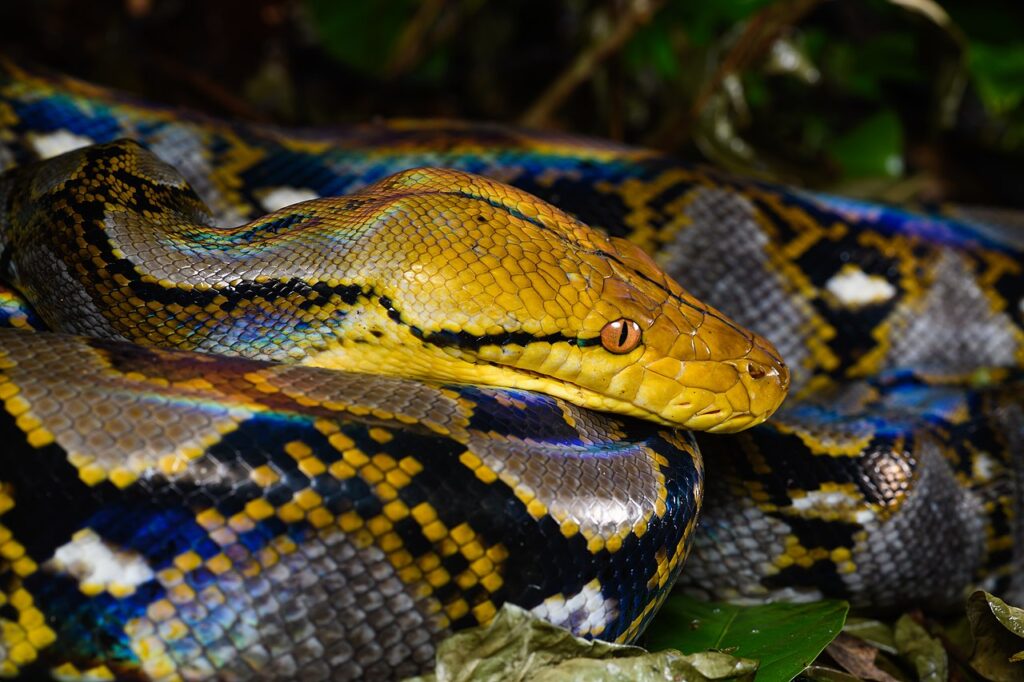
The current Guinness World Record holder for the longest snake in captivity is a reticulated python named Medusa. Measured officially in 2011, Medusa stretched an astounding 25 feet 2 inches (7.67 meters) and weighed approximately 550 pounds (249.5 kg). This massive female snake is owned by Full Moon Productions in Kansas City, Missouri, where she resides as the star attraction at The Edge of Hell Haunted House.
Medusa’s measurements were verified under strict Guinness protocols, requiring the snake to be completely straight during measurement, a challenging feat given the natural tendency of snakes to coil. Her record-breaking size represents what is likely near the upper limit of how large these snakes can grow in captivity under optimal conditions.
Historical Claims and Controversies
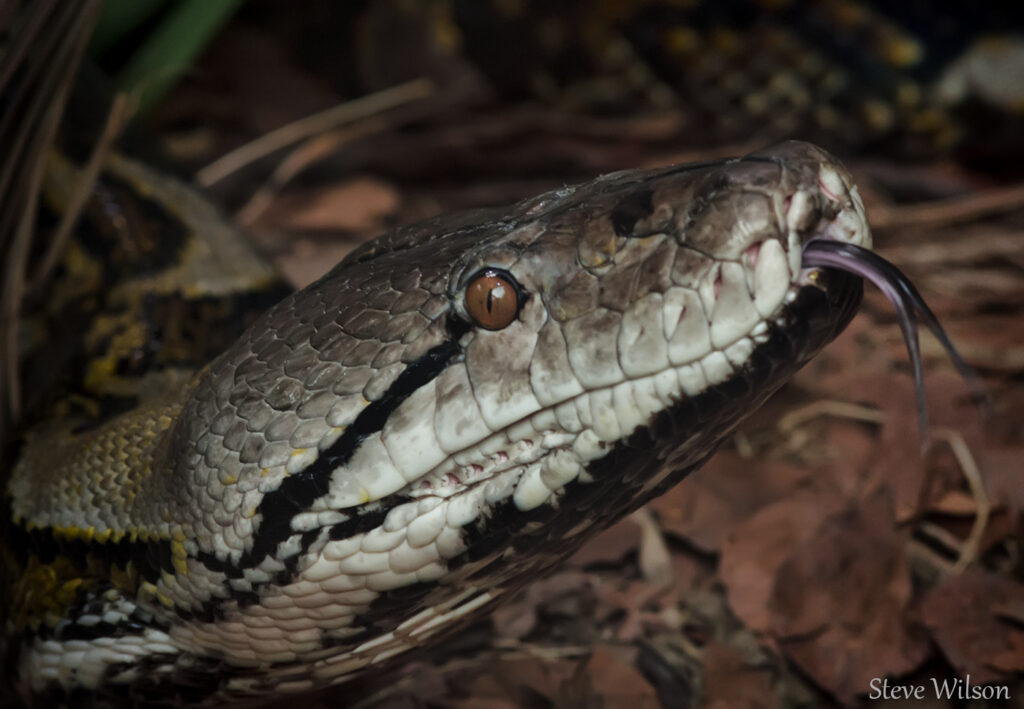
Throughout history, there have been numerous claims of even larger snakes, though many lack reliable documentation. Perhaps the most famous was a reticulated python reportedly killed in Indonesia in 1912, which allegedly measured 33 feet (10 meters) in length. However, this measurement has been widely disputed by herpetologists, who believe the snake was likely stretched after death or simply measured inaccurately.
Another notable claim came from the Philippines in 1959, where a python measuring approximately 27 feet was reported. These historical accounts highlight the challenges in verifying snake measurements before standardized scientific protocols were established. Many experts now believe that reliable measurements rarely exceed 25-26 feet, even for exceptional specimens in the wild.
The Green Anaconda: Mass Champion
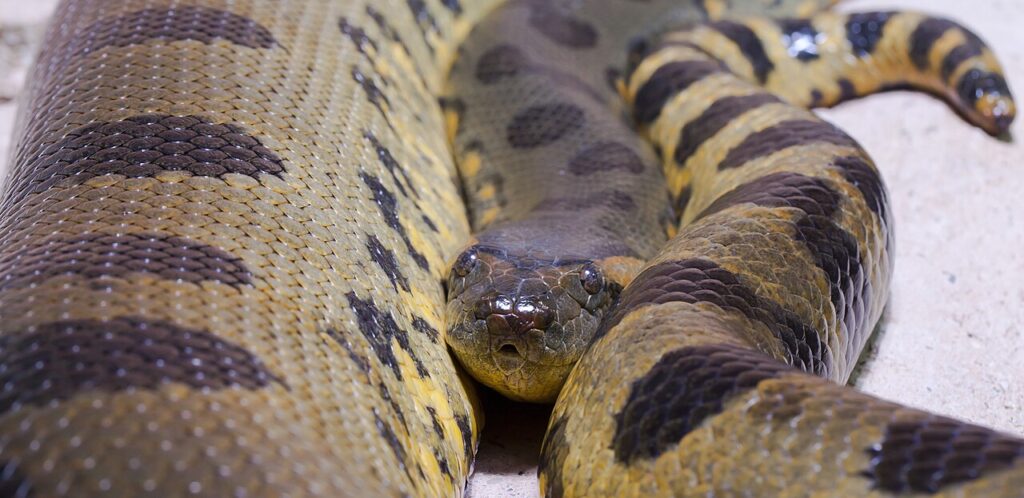
While the reticulated python holds the record for length, the green anaconda (Eunectes murinus) of South America competes for the title of largest snake by mass and girth. These water-loving constrictors have significantly heavier builds than pythons, with adult females sometimes exceeding 500 pounds (227 kg).
The largest verified green anaconda measured approximately 17.1 feet (5.21 meters), but unverified reports suggest they may reach lengths of over 20 feet (6 meters) in remote areas of the Amazon Basin. What makes anacondas particularly impressive is their incredible girth—they can reach diameters of 12 inches (30 cm) or more in the middle of their bodies. This combination of length and massive body volume makes them contenders for the heaviest non-venomous snakes, even if they don’t match reticulated pythons in pure length.
Titanboa: The Prehistoric Giant
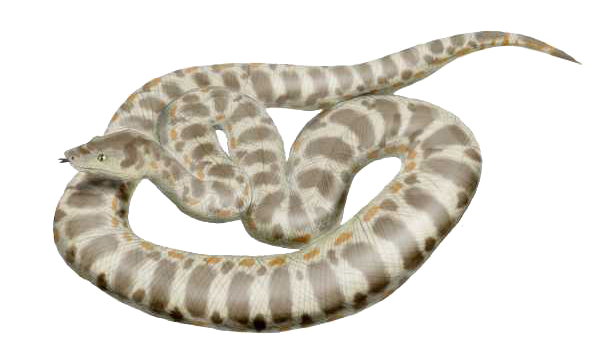
When discussing the largest snakes ever to exist, we must acknowledge the truly gigantic prehistoric snake Titanoboa cerrejonensis. This extinct species lived approximately 60 million years ago during the Paleocene epoch, shortly after the dinosaurs’ extinction. Fossil discoveries in Colombia have allowed scientists to estimate that Titanoboa reached lengths of up to 42 feet (12.8 meters) and weighed over 2,500 pounds (1,135 kg).
Researchers believe Titanoboa was related to modern boas and anacondas rather than pythons. The existence of such a massive snake was made possible by the significantly higher global temperatures during that period, which allowed cold-blooded reptiles to grow to extraordinary sizes. Titanoboa serves as a reminder that today’s record-holders are modest compared to the true giants of snake evolutionary history.
Scientific Limitations on Snake Size
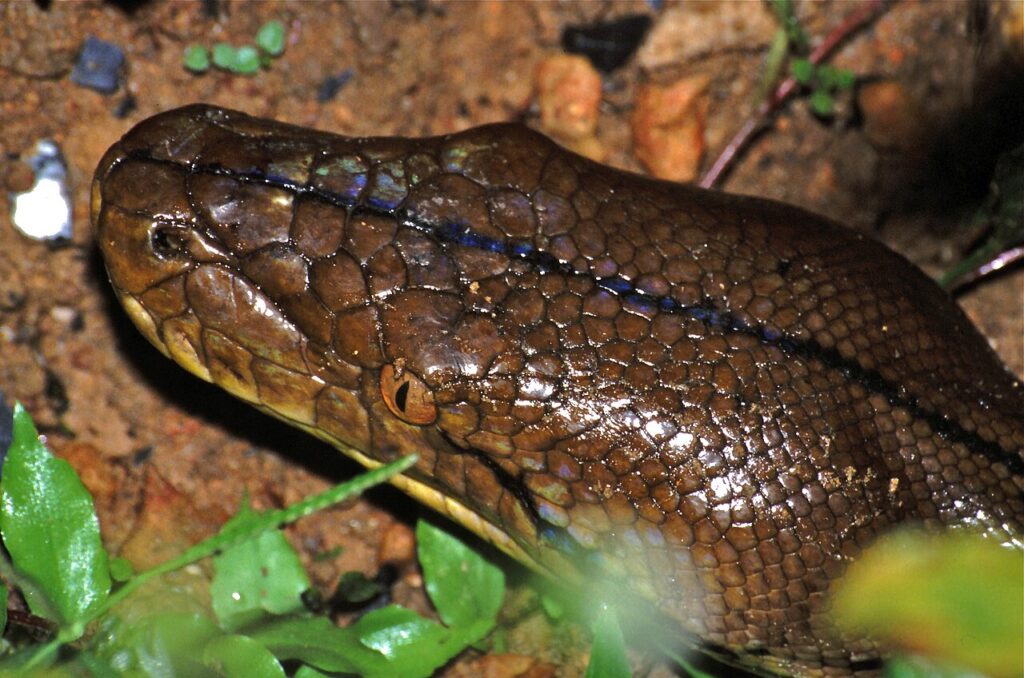
The maximum size potential of snakes is constrained by fundamental biological and physical limitations. As cold-blooded animals, snakes rely on external heat sources to regulate their body temperature and metabolism. This creates an upper limit to their growth, as extremely large bodies become increasingly difficult to heat efficiently.
Additionally, the square-cube law dictates that as a snake’s length increases, its weight increases at a much faster rate, eventually creating structural challenges for the skeleton and muscles. Gravity itself becomes a limiting factor, as the snake must be able to support its own mass when moving. Finally, the availability of sufficiently large prey items and adequate habitat space also place practical constraints on how large snakes can grow in natural settings.
Growth Patterns and Longevity
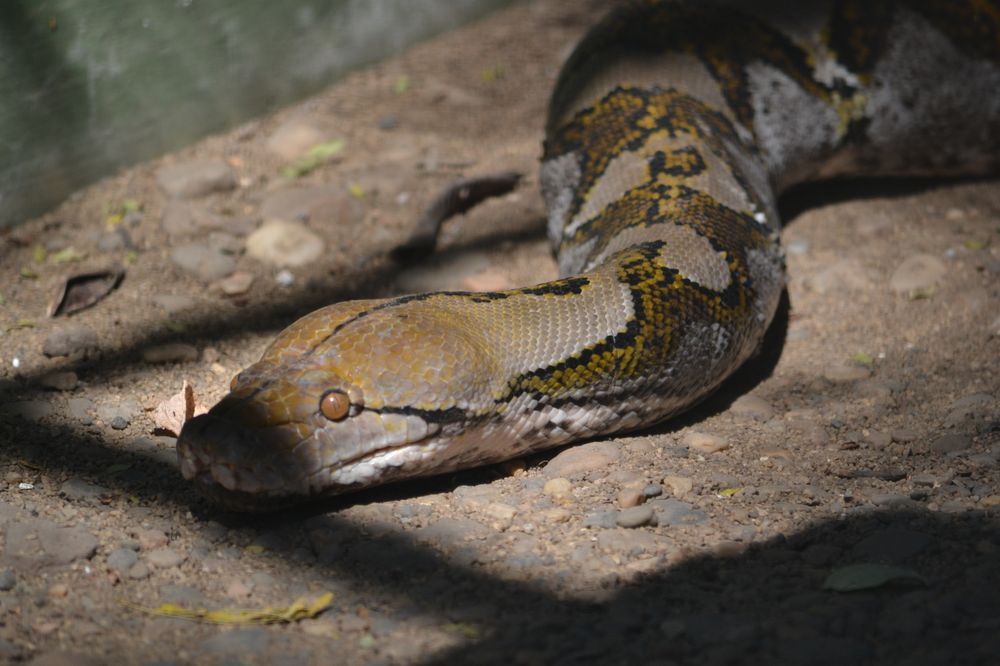
Reaching record-breaking dimensions requires exceptional longevity and favorable growth conditions. Large constrictors like reticulated pythons and anacondas grow rapidly in their early years but experience significantly slower growth as they age. A healthy reticulated python can reach 10 feet within its first two years of life under optimal conditions. However, growth then slows dramatically, with snakes typically adding just a foot or less annually as they approach maturity.
To reach the exceptional sizes of record holders like Medusa, these snakes must live several decades—often 25-30 years or more. While maximum longevity in the wild is difficult to determine precisely, captive specimens have lived over 30 years. This combination of rapid early growth, prolonged slower growth, and exceptional longevity creates the potential for the extraordinary dimensions seen in record specimens.
Sexual Dimorphism in Giant Snakes
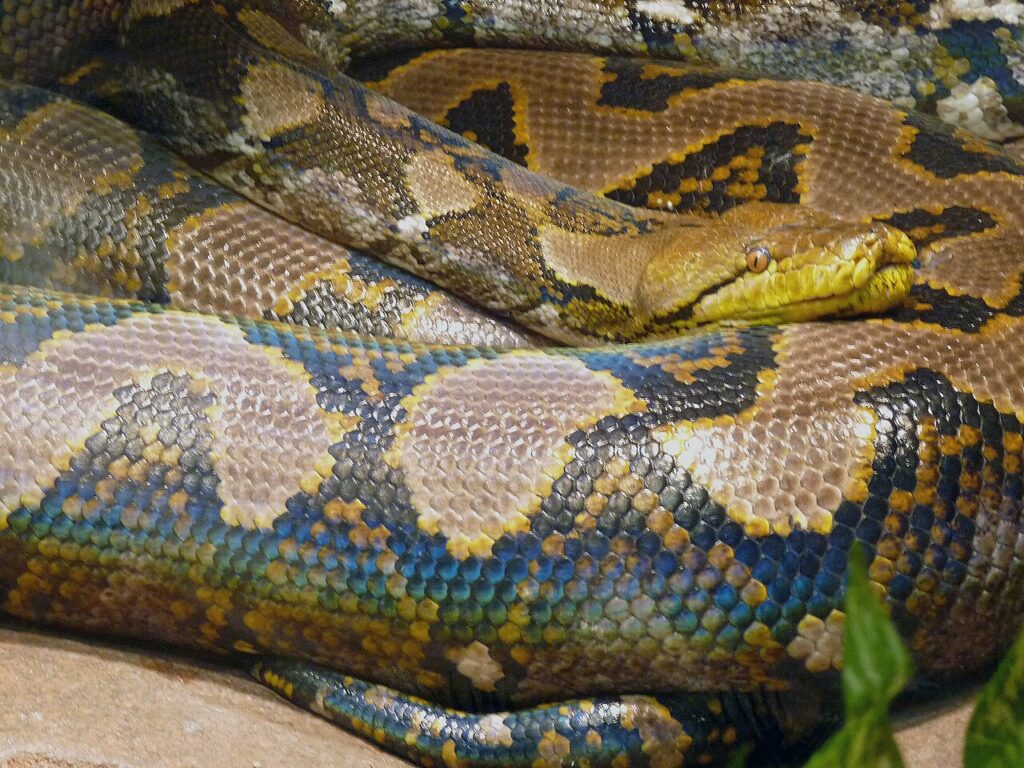
An interesting aspect of record-breaking snake size is the pronounced sexual dimorphism seen in many constrictor species. In both reticulated pythons and green anacondas, females grow significantly larger than males—often by 20-40% in length and more than double in weight. This evolutionary adaptation relates to reproductive strategy, as larger females can produce more eggs or live young.
Female reticulated pythons can lay clutches of 60-100 eggs, with larger individuals generally producing more offspring. This size dimorphism explains why virtually all record-holding snakes have been females. Male reticulated pythons rarely exceed 18 feet in length, making them impressive but far from record-breaking. This biological reality means that searchers hoping to find a new record-holder should focus exclusively on mature female specimens.
Capturing and Measuring Giant Snakes
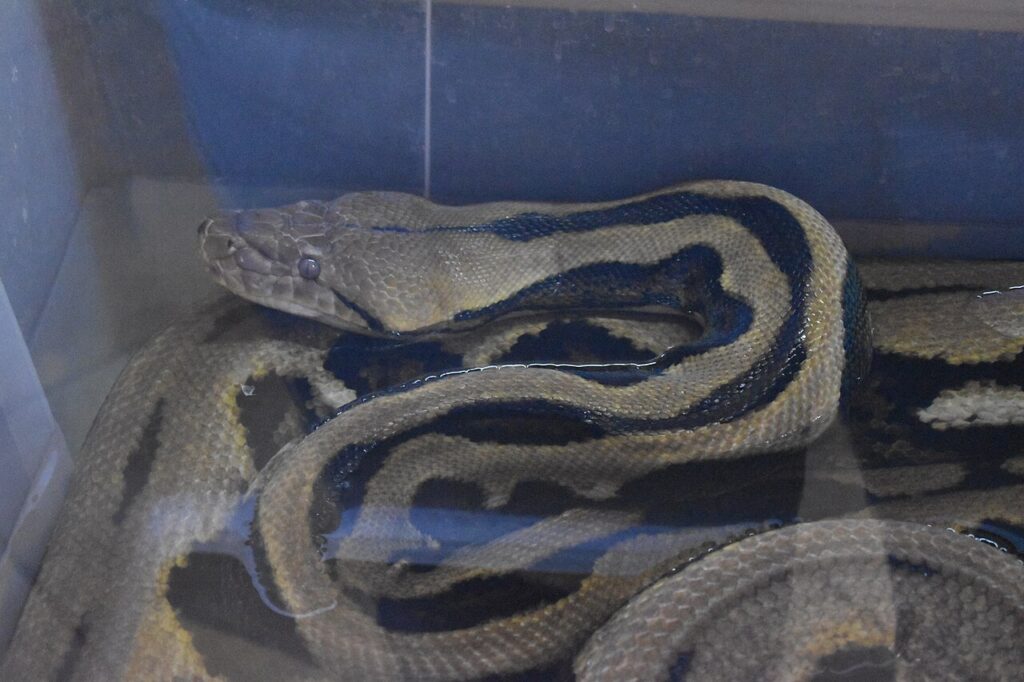
Accurately measuring extremely large snakes presents significant challenges, contributing to controversies surrounding size claims. The preferred scientific method requires the snake to be completely straightened and measured along its spine from snout to tail tip. This process typically requires multiple people and must be done carefully to avoid injuring the animal. In the wild, measurements are often taken after a snake has died, when rigor mortis or stretching can affect accuracy.
Some historical measurements used snake skins, which can stretch up to 20-30% beyond the actual length of the living animal. For official record purposes, organizations like the Guinness World Records now require strict protocols with multiple witnesses and video documentation. These rigorous standards help explain why verified measurements tend to be more conservative than historical claims or anecdotal reports.
Diet and Feeding Habits
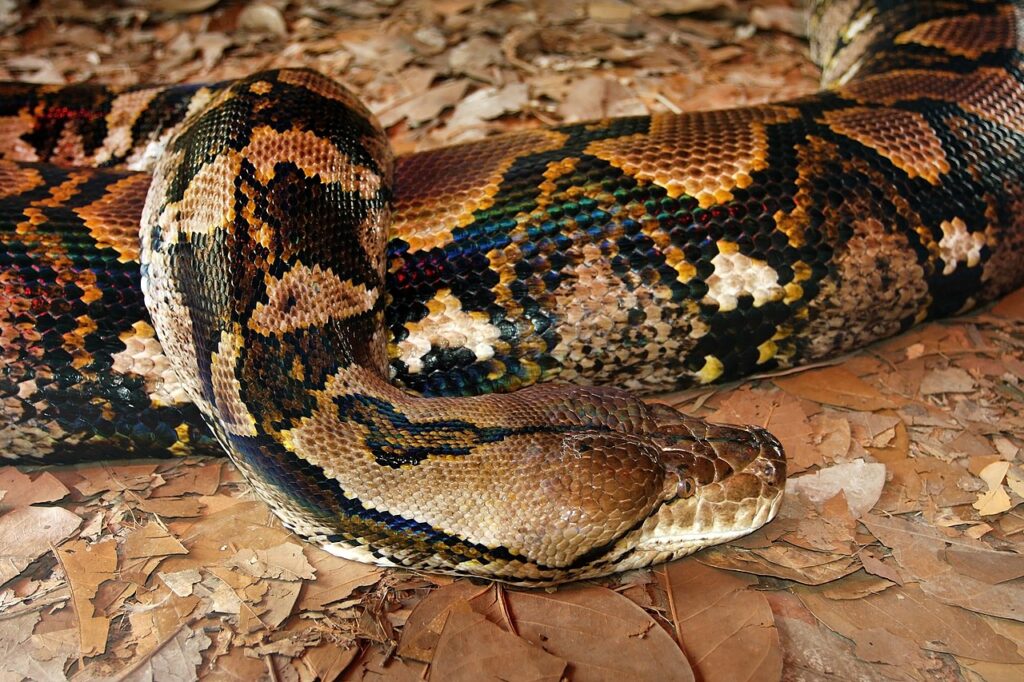
The enormous size of record-breaking constrictors necessitates a diet of substantial prey animals. Adult reticulated pythons primarily feed on mammals, with larger specimens capable of consuming prey as large as pigs, deer, and in rare cases, even humans. A full-grown reticulated python like Medusa typically consumes meals weighing 15-20% of its body weight. After capturing prey with their recurved teeth, these snakes use their powerful muscular coils to constrict the victim, causing death through circulatory arrest rather than crushing or suffocation as commonly believed.
Following a large meal, these snakes enter an extended digestive period during which their metabolic rate increases dramatically to process the food. This efficient feeding strategy allows them to survive on relatively infrequent meals—sometimes just 4-6 major feedings per year for the largest specimens.
Habitat Loss and Conservation Challenges
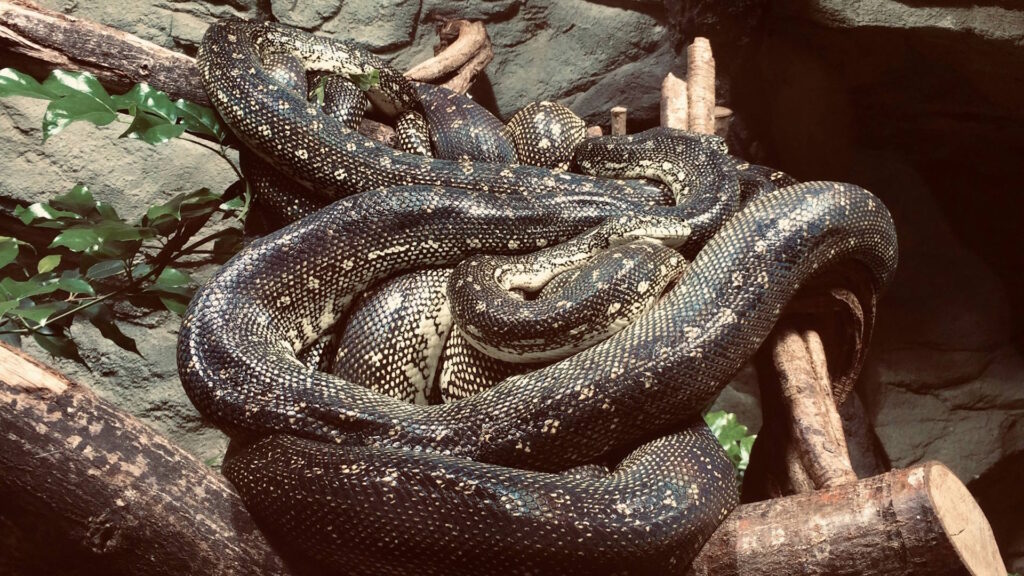
The future of giant snakes in the wild faces significant threats from human activities. Reticulated pythons have experienced substantial population declines throughout their range due to deforestation, habitat fragmentation, and hunting for their valuable skins. In some regions, they are also collected for the exotic pet trade, further depleting wild populations. Climate change presents additional challenges, potentially altering temperature and precipitation patterns in their native habitats.
Despite their impressive size and predatory capabilities, large constrictors are vulnerable to these anthropogenic threats. Several countries have implemented protective measures, including regulated harvesting quotas and habitat preservation initiatives. Conservation efforts are crucial to ensure that future generations will still encounter these magnificent giants in their natural environments.
Cultural Significance and Mythology
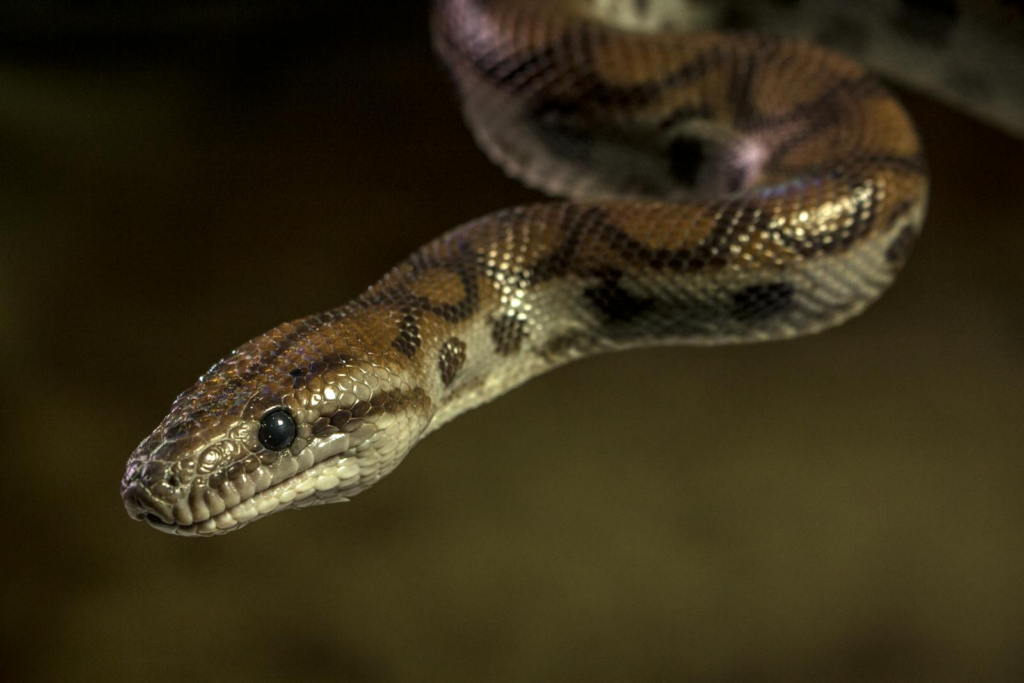
Giant snakes have occupied a significant place in human mythology and culture for millennia. In Southeast Asia, where reticulated pythons reach their maximum size, various indigenous cultures revere these creatures in their spiritual traditions. The Aeta people of the Philippines have long incorporated python worship into their animistic beliefs, seeing these snakes as forest guardians and fertility symbols. Similar reverence can be found among certain Indonesian and Malaysian communities.
In South America, anacondas feature prominently in indigenous Amazonian mythology, often portrayed as powerful spirits capable of shape-shifting. These cultural connections highlight humanity’s complex relationship with giant snakes—a mixture of fear, respect, and fascination that continues to this day. Contemporary popular culture reflects this ambivalence, with giant snakes featuring as both villains and magnificent creatures in films, literature, and television.
Future of Giant Snake Research
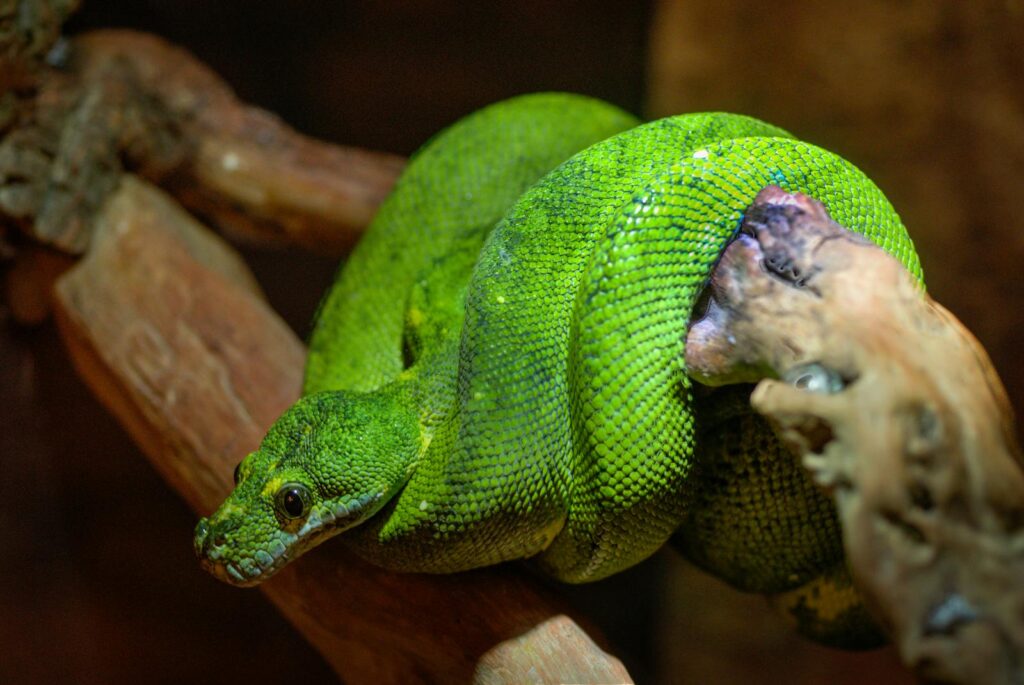
Scientific understanding of giant snake species continues to evolve through new research methodologies. Modern techniques like radio telemetry, environmental DNA sampling, and population genetics are providing unprecedented insights into the ecology and behavior of these elusive giants. Researchers are particularly interested in better understanding maximum size potential through improved field measurement techniques and long-term growth studies. Climate change models are being used to predict how warming temperatures might affect snake growth patterns and distribution.
Additionally, comparative genomics between modern constrictors and ancient snake fossils may reveal evolutionary pathways that led to gigantism. These scientific advances promise to resolve longstanding questions about snake size limits while potentially uncovering previously unknown specimens that could challenge current records.
Conclusion: The Enduring Mystery of Giant Snakes

The largest non-venomous snakes ever recorded represent extraordinary examples of evolutionary adaptation. From Medusa’s verified 25-foot length to the prehistoric Titanoboa’s awe-inspiring dimensions, these serpents demonstrate nature’s capacity to produce truly massive predators. While scientific documentation has established reliable size records, the remote habitats of these species leave open the tantalizing possibility that even larger specimens may still exist undiscovered in dense rainforests.
As research techniques improve and more areas are surveyed, our understanding of maximum snake size will continue to develop. What remains certain is that these magnificent creatures will continue to captivate human imagination, symbolizing both the wonder and the untamed power of the natural world for generations to come.

